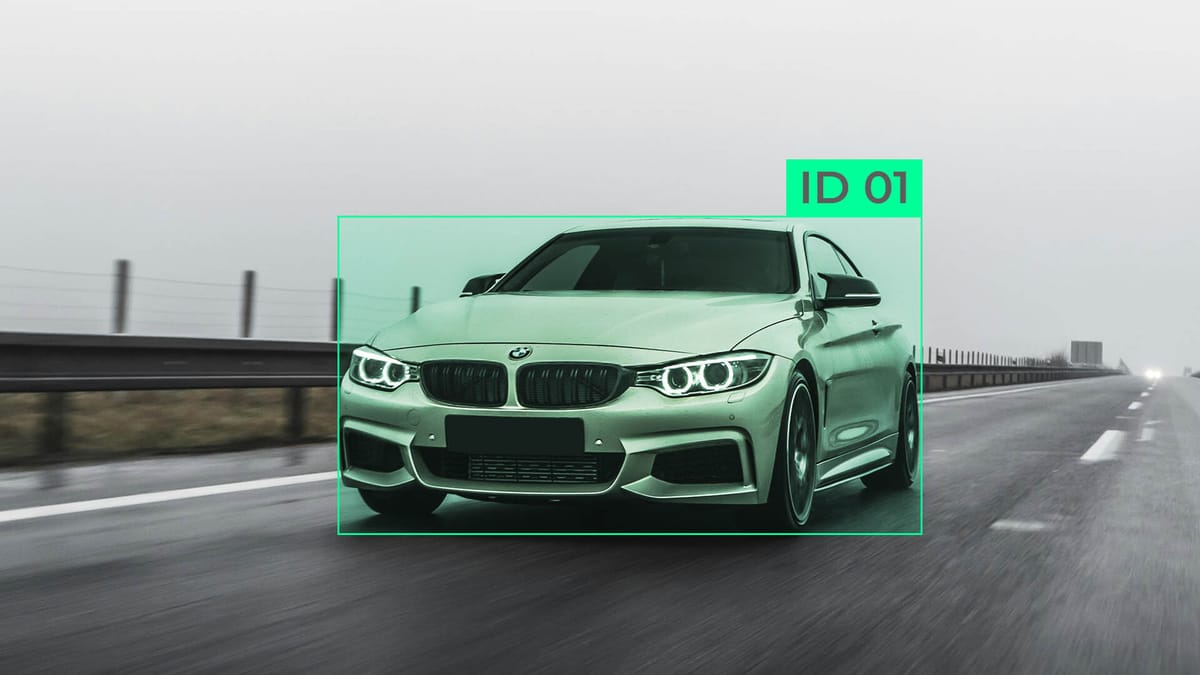Knowledge Graph-Enhanced Model Training for AI

Unlike traditional neural networks, which work only with statistical regularities, models enriched with knowledge graphs rely on structured connections between concepts. This enables them to perform more in-depth semantic analysis, improve the accuracy of predictions, and help avoid logical inconsistencies. During the training process, the knowledge graph serves as a source of structured context that supports rule-based AI, symbolic reasoning, and enhances the capabilities of neural networks in tasks such as large-scale QA, semantic search, and causal inference.
Overview of Knowledge Graphs in AI
They represent data in the form of nodes (entities) and edges (connections), creating a semantic network, where each connection has a precise meaning. This format enables AI models to not only recognize patterns but also comprehend the logic and context between objects.
The use of knowledge graphs in AI has grown significantly thanks to the development of graph embeddings, which transform the structured information of a graph into numerical vectors suitable for training neural networks. This creates a common representation space where logical connections are converted into vector form, enriching the model with context.
Another key aspect is ontology integration, which ensures consistency of terms and relationships between different data sources. Thanks to this, AI systems can utilize knowledge from various domains without compromising semantic accuracy. Combined with linked data, which ensures the coherence of information within large distributed systems, knowledge graphs become critical for building intelligent agents capable of making informed decisions.
Understanding the Basics and Data Relationships
A knowledge graph is created by integrating disparate sources, including databases, text corpora, sensor system results, and analytical models. Thanks to linked data, these fragments are combined into an interconnected network, where each node has a unique place and context. For a deeper understanding of such structures, graph embeddings are used, which transfer semantic relationships into numerical space, making them suitable for training neural models. This allows to combine the apparent logic of relationships with the flexibility of deep learning.
Another essential element is ontology integration - a process that provides a common semantic language for the entire system. Thanks to consistent definitions of concepts, the AI model can correctly interpret the knowledge structure even when information comes from different domains. As a result, the graph becomes not just a data map, but a dynamic environment where meaning is formed through relationships, context, and logical sequence.
Role of Graph Databases in Modern AI Applications
Graph databases have become the basis for artificial intelligence systems to work not only with large amounts of information, but also with its structure. They store data in the form of nodes and relationships, which allows the model to operate with context in real time without losing semantics. Thanks to this, artificial intelligence can quickly identify patterns that traditional relational databases are unable to display.
In modern applications, graph databases support complex relationships between entities, which is especially useful in areas where logic depends on interactions, such as recommender systems, user behavior analytics, biomedical research, and cybersecurity. They enable the creation of dynamic relationships based on linked data, updating knowledge as new information becomes available.
High-Quality Training Data Through Advanced Technology
The quality of training data directly determines the level of intelligence of any AI system, and this is where advanced knowledge graph technologies play a key role. Thanks to the combination of linked data and ontology integration, data undergoes automatic reconciliation, filtering, and semantic normalization. This means that even sources with different structures or terminology can be combined into a single coherent system, where information has a precise meaning and context.
Modern graph embeddings take this process even deeper, as they translate the relationships between entities into numerical space, while preserving the logical structure of knowledge. The model does not just learn from the data - it learns from their relationships, which significantly improves the generalization and accuracy of the results. Thanks to this, Knowledge Graph-Enhanced Model Training allows to avoid typical problems with noise or contradictory data, because the graph architecture itself maintains logical integrity and semantic consistency.
Manual Verification for Reliable AI Model Training
- Data validation before integration. Analysts perform a preliminary quality control, filtering out incorrect or ambiguous records before they are entered into the system. This prevents errors from spreading in the subsequent linked data environment, where even a single faulty connection can impact the entire model.
- Semantic consistency assessment. During ontology integration, experts check the correctness of definitions and relationships between entities. Thanks to this, the knowledge graph remains logically consistent.
- Validation of graph embeddings. Manual control helps assess whether the model accurately reflects the structure of connections in the vector space. This ensures that the semantic proximity between entities is preserved and is not distorted during training.
- Correction of automatic generalizations. Even the most advanced models sometimes create false connections between concepts. Reviewers detect such cases and correct them in the graph, ensuring compliance with actual knowledge.
- Continuous monitoring and revision of data. In the process of large-scale QA or causal inference, data verification is never complete. Experts regularly analyze new nodes and connections, controlling the quality of the graph as it expands.
Customized Ontology and Data Modeling Solutions
Customized ontology and data modeling have become key factors in the accuracy and flexibility of modern AI systems. Each industry has its own unique knowledge structure, whether medical, financial, or industrial, and therefore universal models often lose their meaning in specific contexts. A customized ontology enables the creation of a consistent representation of concepts that accurately reflects the terminology and relationships within the domain, maintaining logical consistency even in complex systems.
Thanks to ontology integration, different sources of information can be combined into a single, unified semantic network without losing any content. When this approach is combined with linked data, the model has the opportunity to dynamically update its knowledge by connecting to new sources or databases in real-time.
Summary
The synthesis of graph technologies and machine learning creates a new level of data understanding, where the system's intelligence is formed not only through calculations but also through awareness of context. Thanks to graph embeddings, the relationships between entities are represented in a numerical form suitable for training neural networks. At the same time, ontology integration ensures clarity of concepts and preservation of semantic consistency even in distributed linked data systems.
FAQ
What is Knowledge Graph-Enhanced Model Training?
It's a hybrid AI training approach that integrates knowledge graphs into the learning process of neural networks. Using graph embeddings, ontology integration, and linked data, it enables models to learn not only from data but also from structured relationships between entities.
How do knowledge graphs improve AI understanding?
They allow AI systems to interpret meaning through relationships rather than isolated facts. This structured reasoning enhances both context awareness and logical consistency.
What role do graph embeddings play in this process?
Graph embeddings transform nodes and relationships into vector representations, making structured semantic data usable for deep learning. This bridges symbolic reasoning with neural computation.
Why is ontology integration essential for model accuracy?
Ontology integration ensures that all concepts and relationships are defined consistently across data sources. This prevents semantic ambiguity and maintains logical coherence during model training.
How does linked data support scalable AI systems?
Linked data connects distributed knowledge sources into a unified network, enabling models to access updated and verified information dynamically. It strengthens reasoning across diverse domains.
In what way do graph databases enhance AI applications?
They store and query complex relationships in real time, enabling AI systems to process contextual information efficiently. This is especially useful for recommendation, semantic search, and causal inference.
How does manual verification contribute to reliable training?
Experts validate graph structure, ontology accuracy, and embedding quality.
What is the benefit of customized ontology design?
Tailored ontologies align AI reasoning with domain-specific logic, making the system's understanding precise and interpretable. It supports adaptive and explainable AI behavior.
How do advanced technologies improve training data quality?
Through automated semantic alignment using ontology integration and linked data, inconsistencies and duplicates are eliminated. This creates clean, context-rich datasets for training.
What is the long-term impact of combining neural networks with symbolic reasoning?
The integration forms a new paradigm of intelligent computation. AI systems become capable of logical reasoning, contextual adaptation, and continuous learning based on the evolving structure of knowledge.



Comments ()